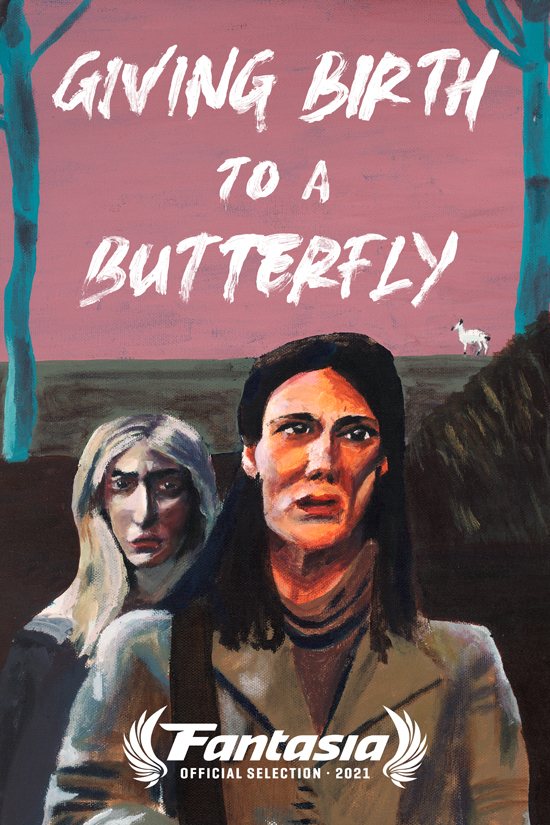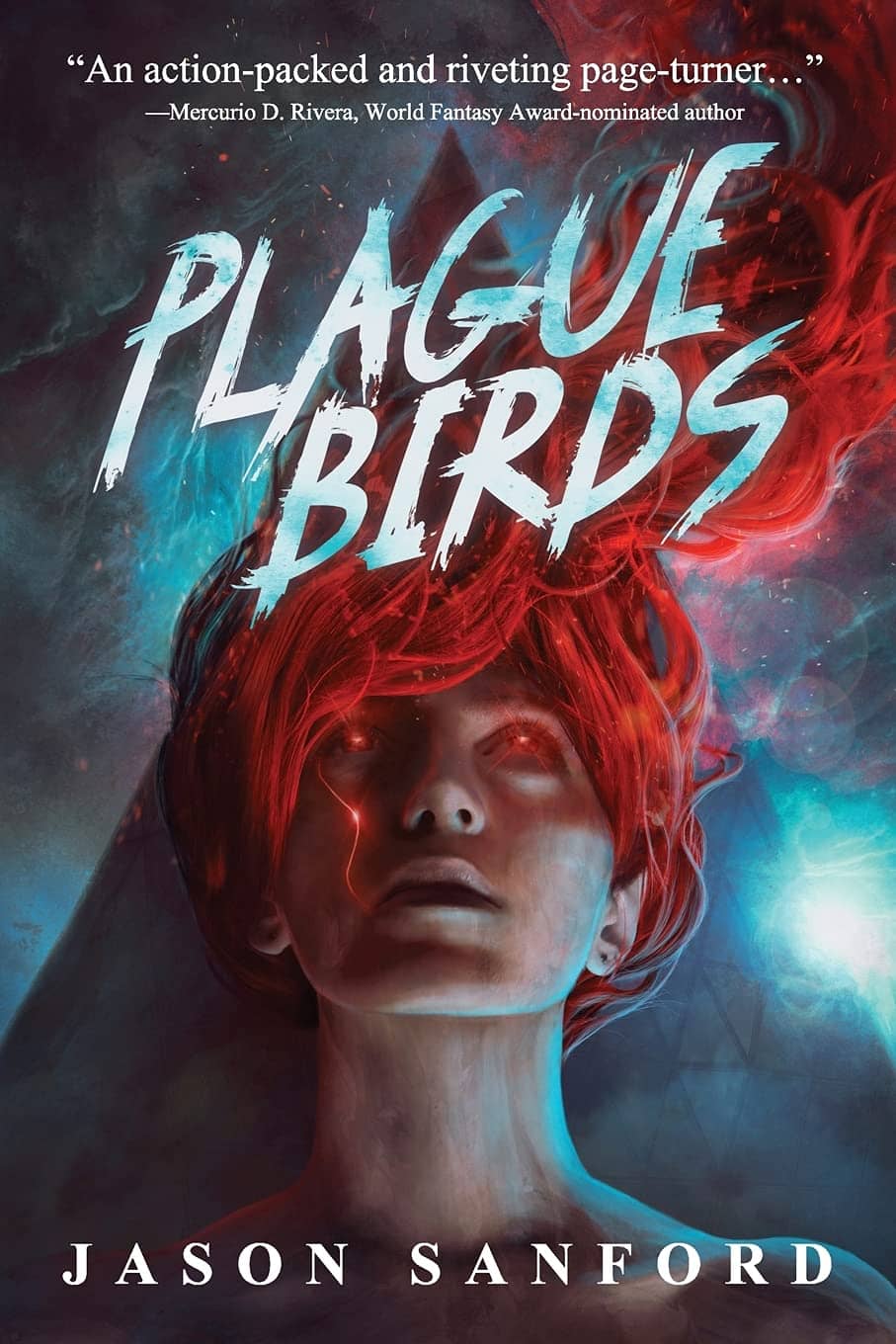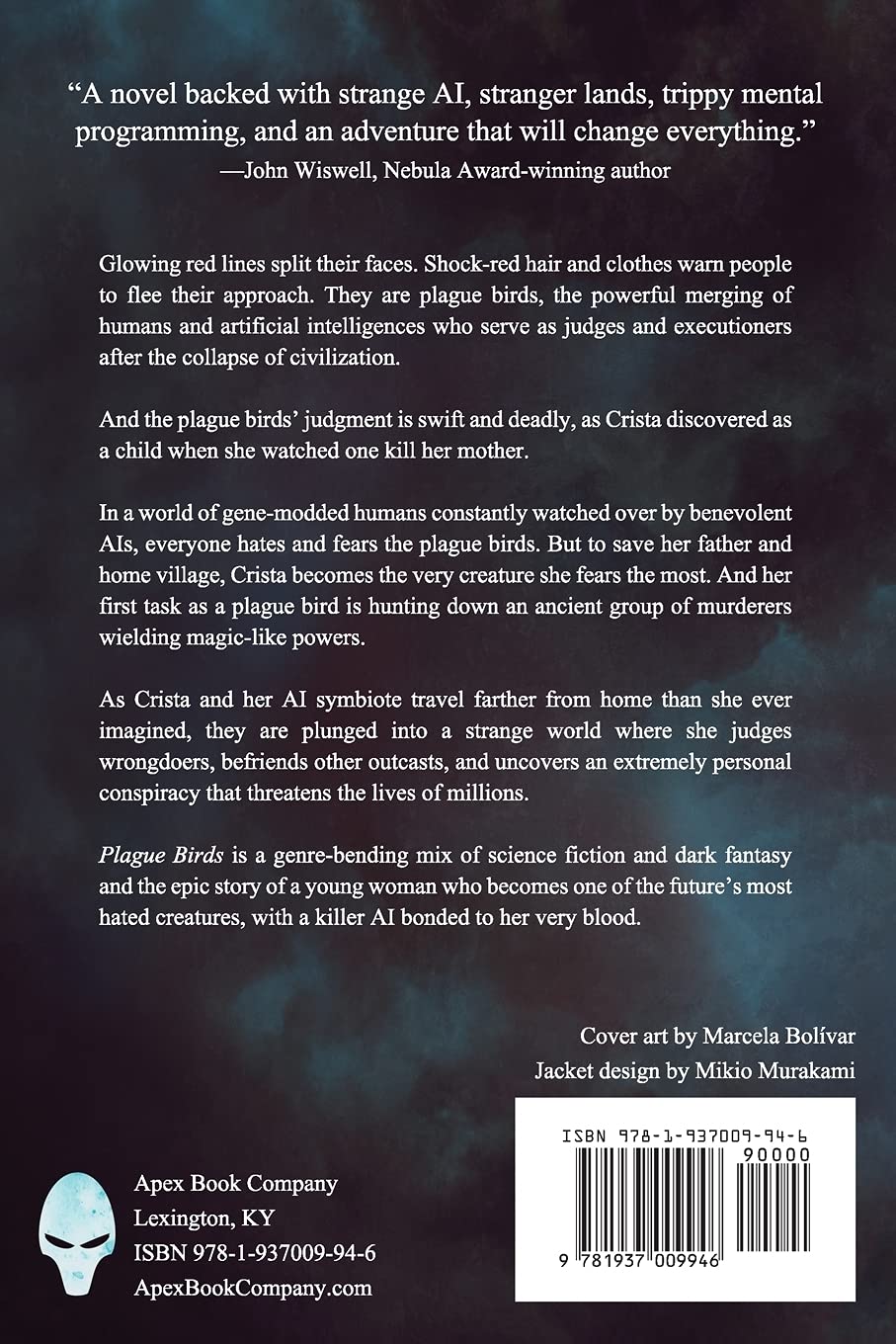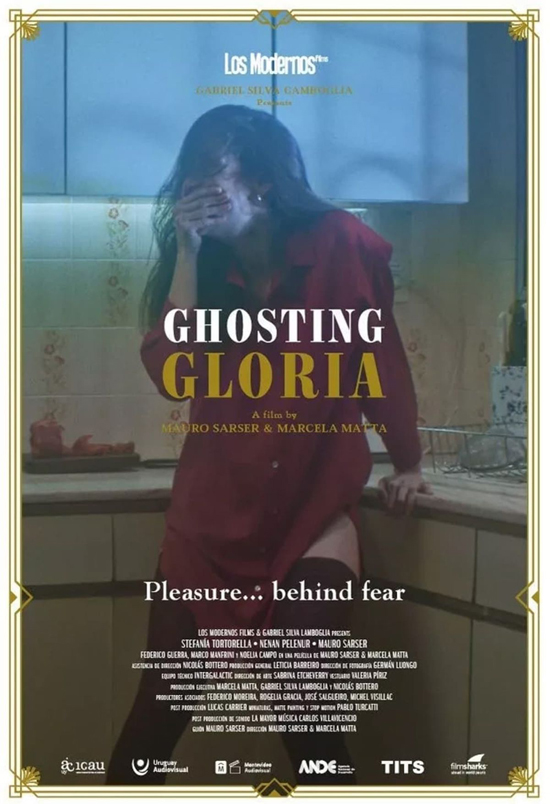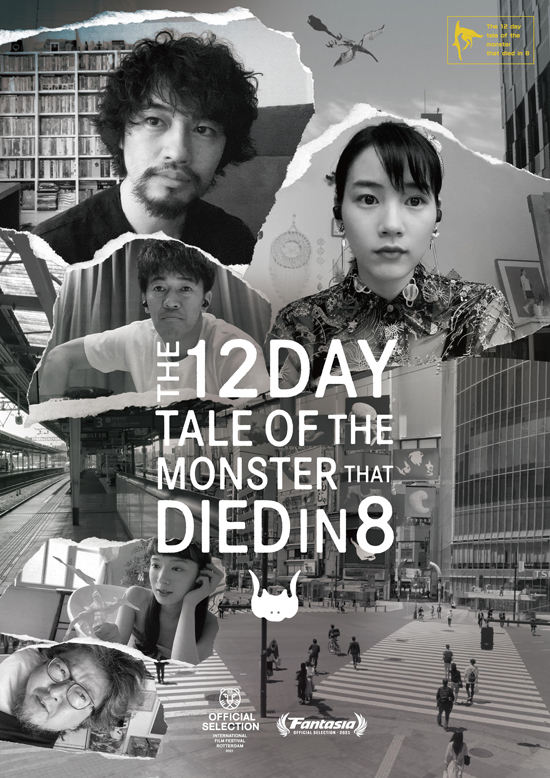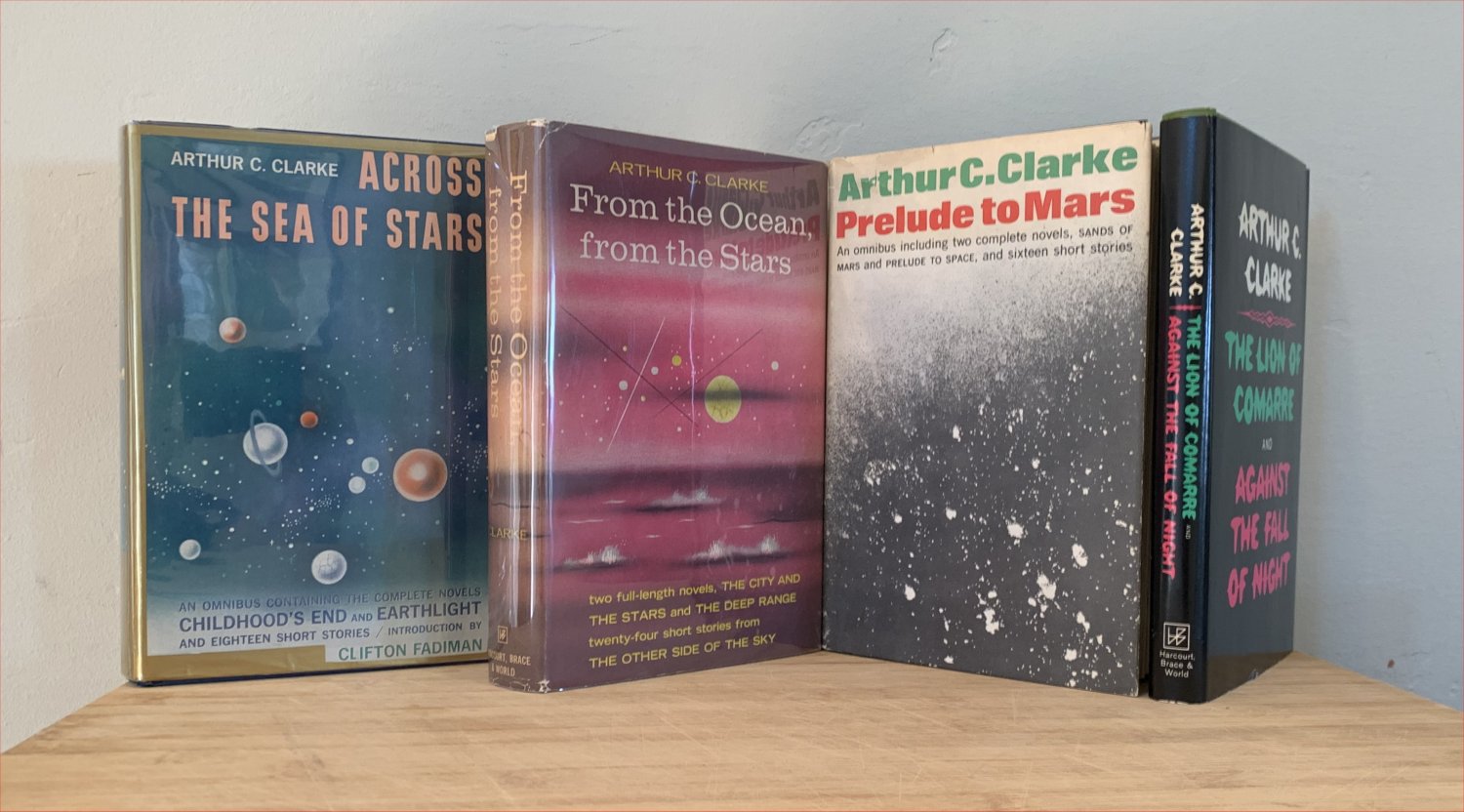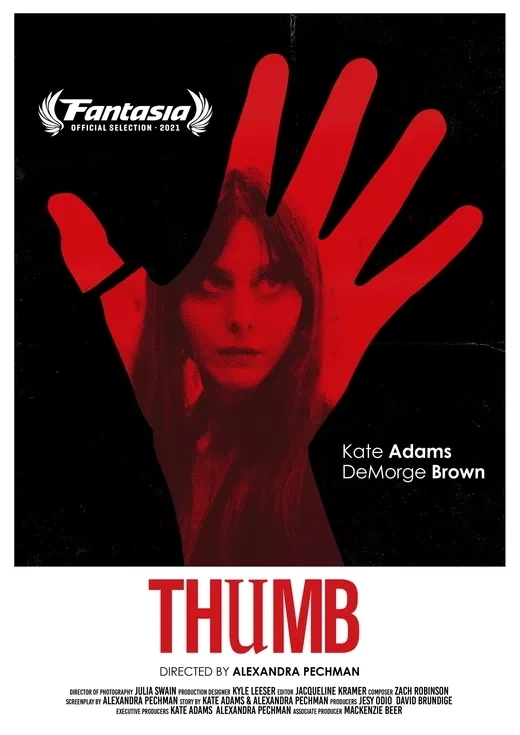Fantasia 2021, Part XXIV: Act Of Violence In A Young Journalist and Straight To VHS
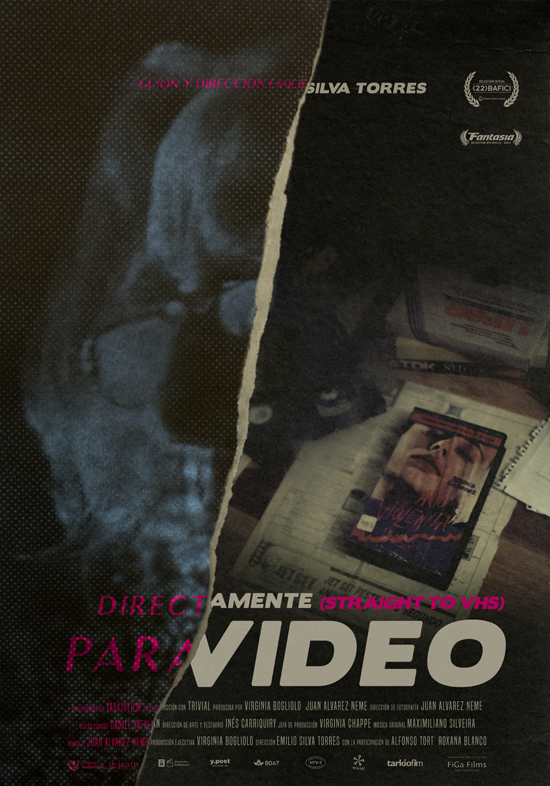 Straight to VHS (Directamente para Video) is a new documentary from Uruguay that investigates a video oddity from 1988. Act Of Violence In A Young Journalist (Acto de violencia en una joven periodista) is that oddity, an Uruguayan-made direct-to-video film from thirty-three years ago in which directing, writing, cinematography, soundtrack, and editing were all done by one man, Manuel Lamas. None of those things are done particularly well, but for some viewers the movie still has a strange power. The documentary looking at Lamas’ film comes to us from Emilio Silva Torres, and without claiming its subject is any good, it attempts to evoke the feel of looking at weird cinema of uncertain provenance without an internet to explain what you’re seeing. The Fantasia Film Festival bundled the two movies together, so I was able to see the thing itself and the investigation into its background back-to-back.
Straight to VHS (Directamente para Video) is a new documentary from Uruguay that investigates a video oddity from 1988. Act Of Violence In A Young Journalist (Acto de violencia en una joven periodista) is that oddity, an Uruguayan-made direct-to-video film from thirty-three years ago in which directing, writing, cinematography, soundtrack, and editing were all done by one man, Manuel Lamas. None of those things are done particularly well, but for some viewers the movie still has a strange power. The documentary looking at Lamas’ film comes to us from Emilio Silva Torres, and without claiming its subject is any good, it attempts to evoke the feel of looking at weird cinema of uncertain provenance without an internet to explain what you’re seeing. The Fantasia Film Festival bundled the two movies together, so I was able to see the thing itself and the investigation into its background back-to-back.
I started with Act of Violence, and I’m still unsure whether that was the best decision. It’s a movie about a woman journalist, Blanca (Blanca Gimenez), who is compiling a report on the causes of violence. Periodically the story of the film pauses for several minutes as she interviews people about the rise of violence in society; sometimes those people are psychologists from the health department and sometimes they’re soccer commentators. Much of the film is actually about Blanca’s personal life, though, particularly her relationship with Carlos, an Uruguayan businessman with ties to Canada. Except that by the time she meets him Blanca’s already given a piece of simple advice to a friend, which will turn out to have tragic and indeed violent consequences.
